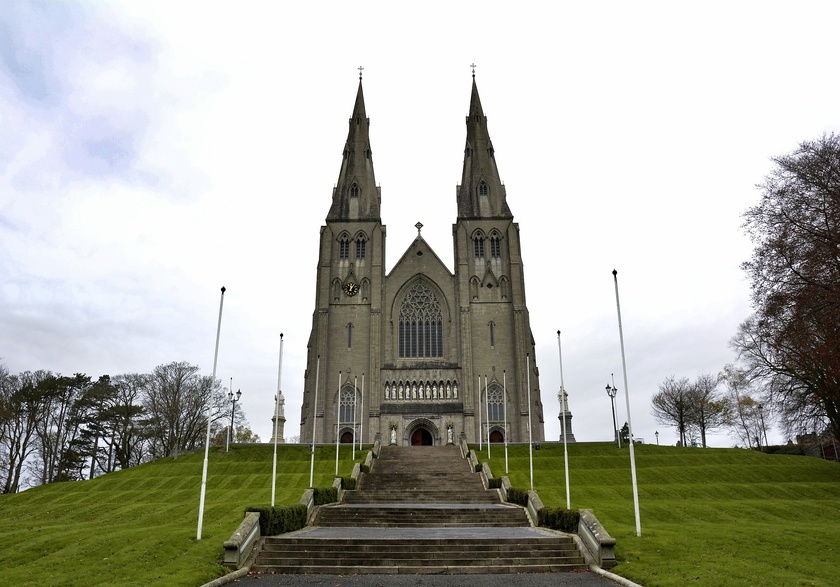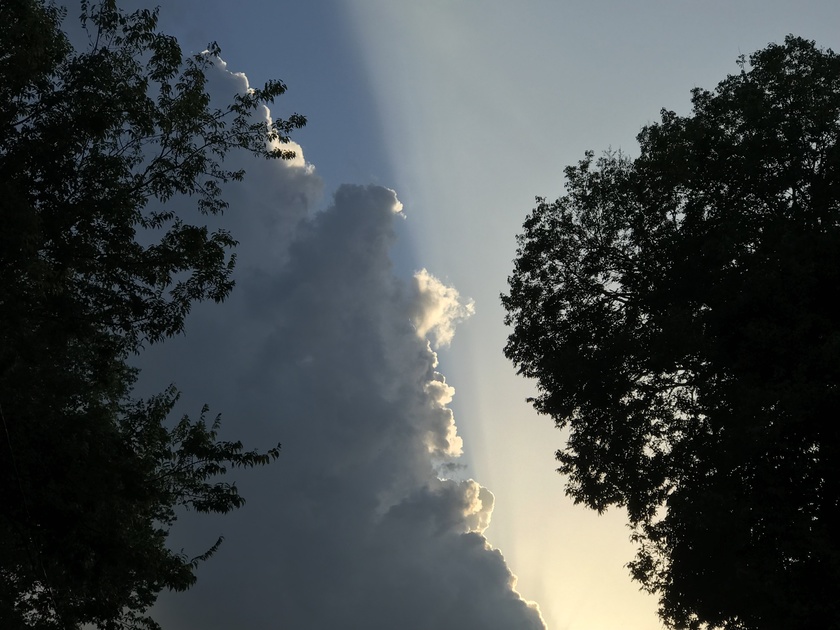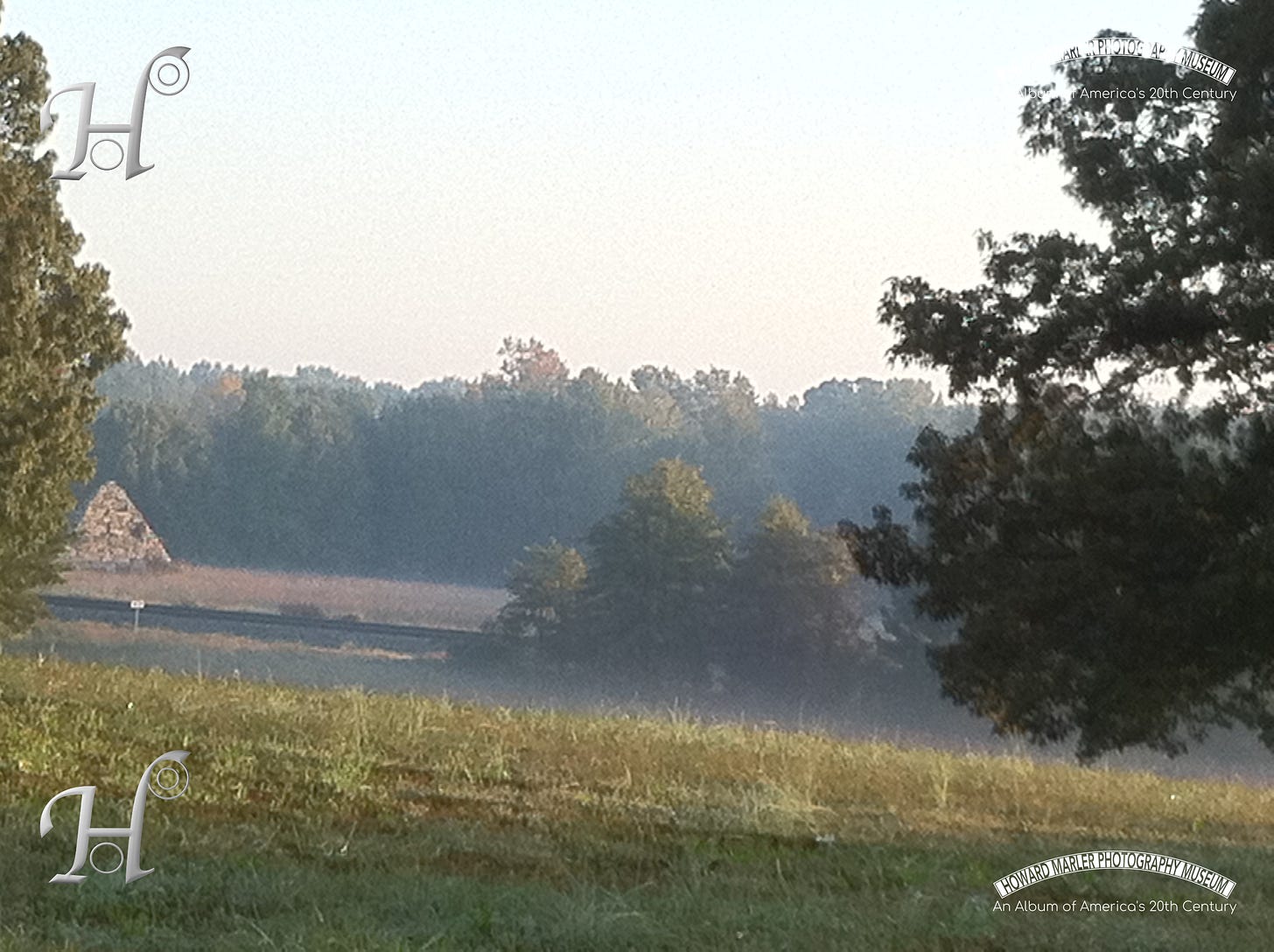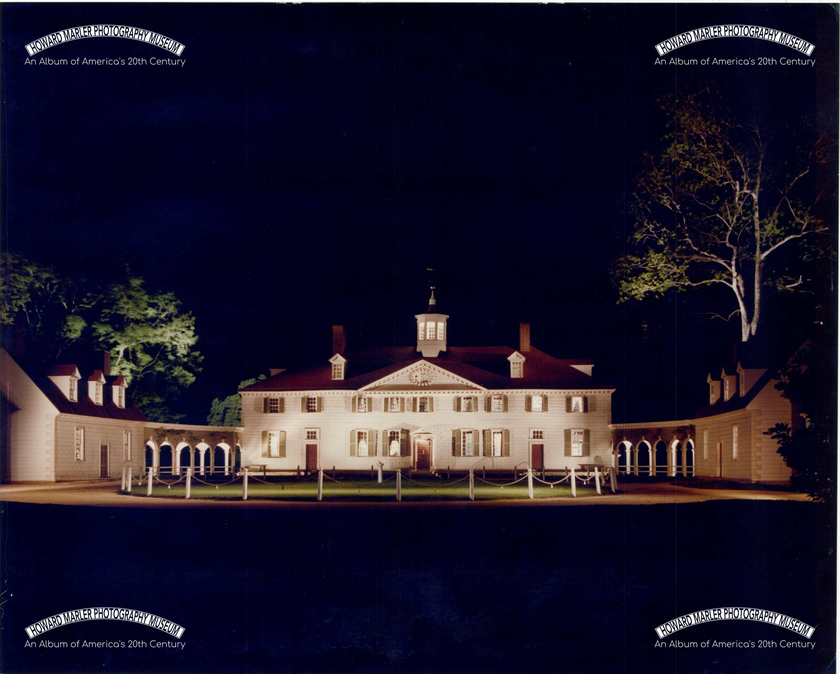These photos show a Church festival in Alexandria Virginia at the Saint Louis Church in the spring of 1956. Church festivals have been a practice of the church for centuries, but sadly dying out. These are included here as samples of what a church festival or fair looked like and to explore what a Saint Patricks Day celebration might look like. (For more on Saint Louis Church please click this link: https://saintlouisparish.org.)

Patrick the patron saint of Ireland, deserves some time on his day for reflection. He appears to have been abducted by Irish raiders as a boy and served as a herdsman for them for several years before escaping. Making his way home to Britain he chose to become a priest and eventually made his way back to Ireland where he taught and worked miracles throughout the Island. He is believed to have also visited Scotland and Wales among other places. His deeds and miracles are reputed to include: banishing snakes from Ireland, fasting for forty days and driving evil spirits from the island with a bell, building churches and monasteries, and giving the cross and motto to some of the leading families in Ireland. The O’Donnell legend claims that they were involved in bringing the boy over as part of the raiding party and that later Patrick blessed the head of the clan; drew a cross on his shield and told him in this sign you will conquer.
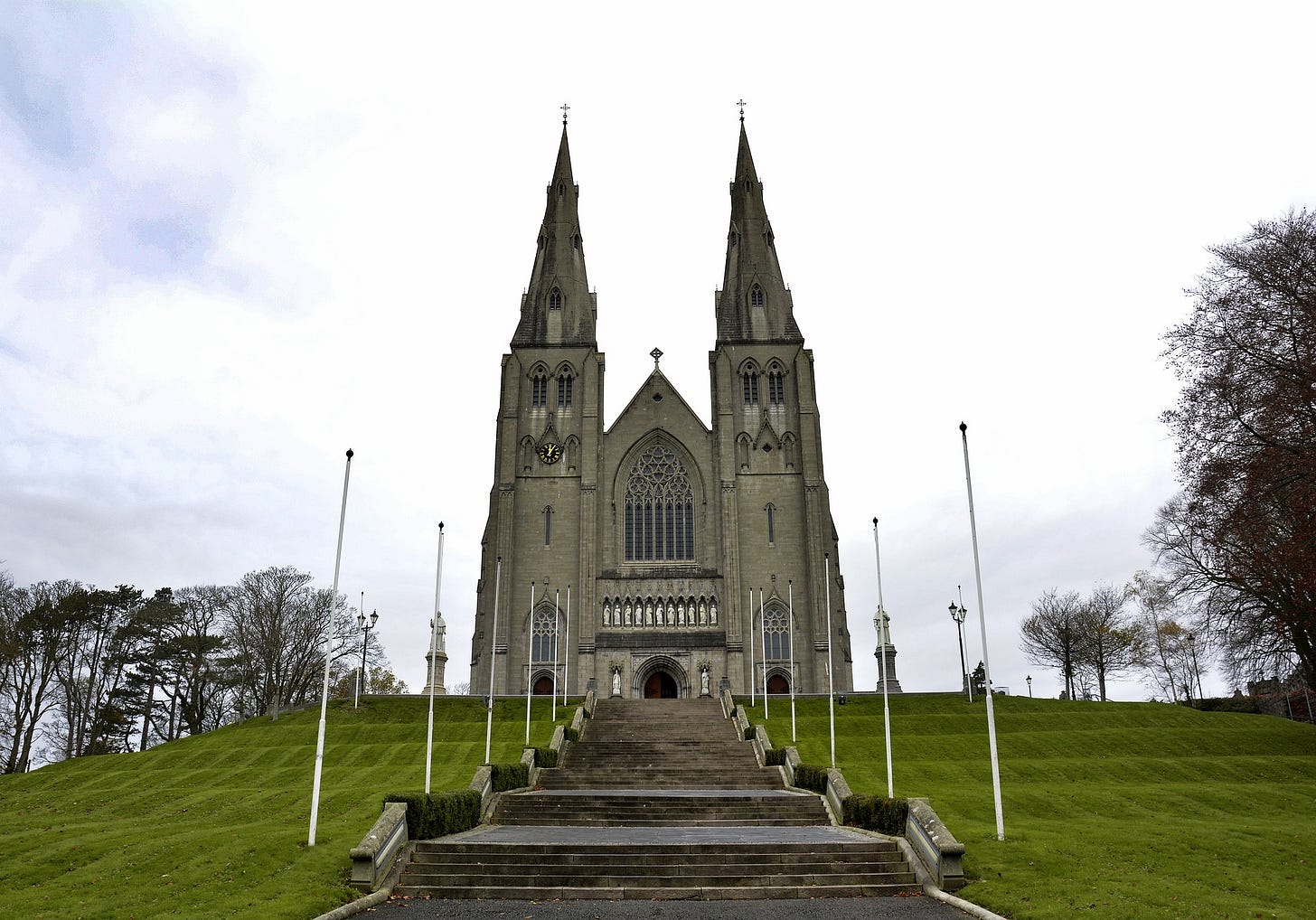
While there is much being debated academically about Patrick the fact remains that he is known all over the world as the Bishop, Saint, and Apostle of Ireland. Churches are named for him in England, Scotland, Wales, Canada, The United States, and even some non-English speaking countries. He is celebrated by both the Roman and Greek Churches, and even the Anglicans acknowledge him as a saint.
One of the few customs used in the celebration is the Shamrock. The shamrock is connected to Saint Patrick and his attempts to teach the Irish of the Trinity. He used the shamrock plant because it has one stem but three leaves. In the same way that these three leaves are one at the stem so is the trinity one.
However, despite all of these things, the celebration of Saint Patrick's day tends to be a celebration less of the saint and more of Irish heritage and even some Irish nationalism. In much of the world, the celebrations are carried on by descendants (and some of these are only one generation removed) of the Irish rebels and nationalists who were in a state of exile from their homeland. Many of the traditions have little to do with Patrick and far more to do with Ireland and the complicated nature of her relationship with the British Empire.
For instance, let us consider the wearing of green. In the late 1700s Irish groups advocating for a free Ireland had adopted the wearing of green in the forms of clothes, plants, badges, and more. In 1798 after a revolt the British government banned the wearing of green apparel and the use of the shamrock for such activities. As a result the song “The Wearing of The Green” appeared on the streets. Lamenting that “…Saint Patrick’s day no more we’ll keep, his color can’t be seen; for there’s a bloody law against the wearing of the Green…” It should be noted here that Saint Patrick's favorite color is usually represented as the blue of the skies.
Another example of Ireland rather than the saint is the prevalence of the little people or leprechauns. A leftover of the pagan past of Ireland that still holds on. At least the leprechauns are fun to think about some of the other legends that hold on are frightening. One might view Walt Disney’s Film “Darby O’Gill and the Little People” for reference to some of them. For a more comic look at the little people Tommy Steele’s performance in “Finian’s Rainbow”.
It was hard for the Irish when they found themselves in cities and countries where they were not wanted to find work. The famous sign “Irish need not apply” drove some into poverty and drunkenness. Those who persevered and worked through it had comfort in the shared heritage and celebrations of their fellow exiles. Over time some of them became great men and played important roles in the history and development of the nation. For instance John Barry of Philadelphia (he has or at least had when last I visited) a statue outside Independence Hall. An Irish merchant who helped to found the U.S. Navy. At the battle of Fredericksburg in Virginia the Irish fought on both sides In the bitter winter battle of December 1862 some Irish troops fought for the south at Marye’s Heights; in the assault from the Union came the Irish Brigade. This was made up of regiments from New York (69th, 83rd, 88th), Boston Massachusetts (28th), and Pennsylvania (116th). The Brigade fought in every major campaign in some form, from the First Battle at Bull Run (or Manassas) to Appomattox Court House. Several men won the Congressional Medal of Honor. Some of those regiments are still active i.e. the 69th New York which has served in both world wars and other conflicts since.
We have had Presidents (Kennedy) and congressional leaders (O’Neill). There is scarcely a locality that does not bear the mark of Ireland in some form; while there were some Irish who were troublemakers there were far more who served and helped to build the nation. They served in the cavalry posts that kept the telegraph lines working from coast to coast. They pursued bandits and hostile Indians to keep the peace, there is room for discussion about the propriety of the terms here but it goes beyond the scope of this work. They provided labor for the transcontinental railroad and built the skyscrapers of New York.
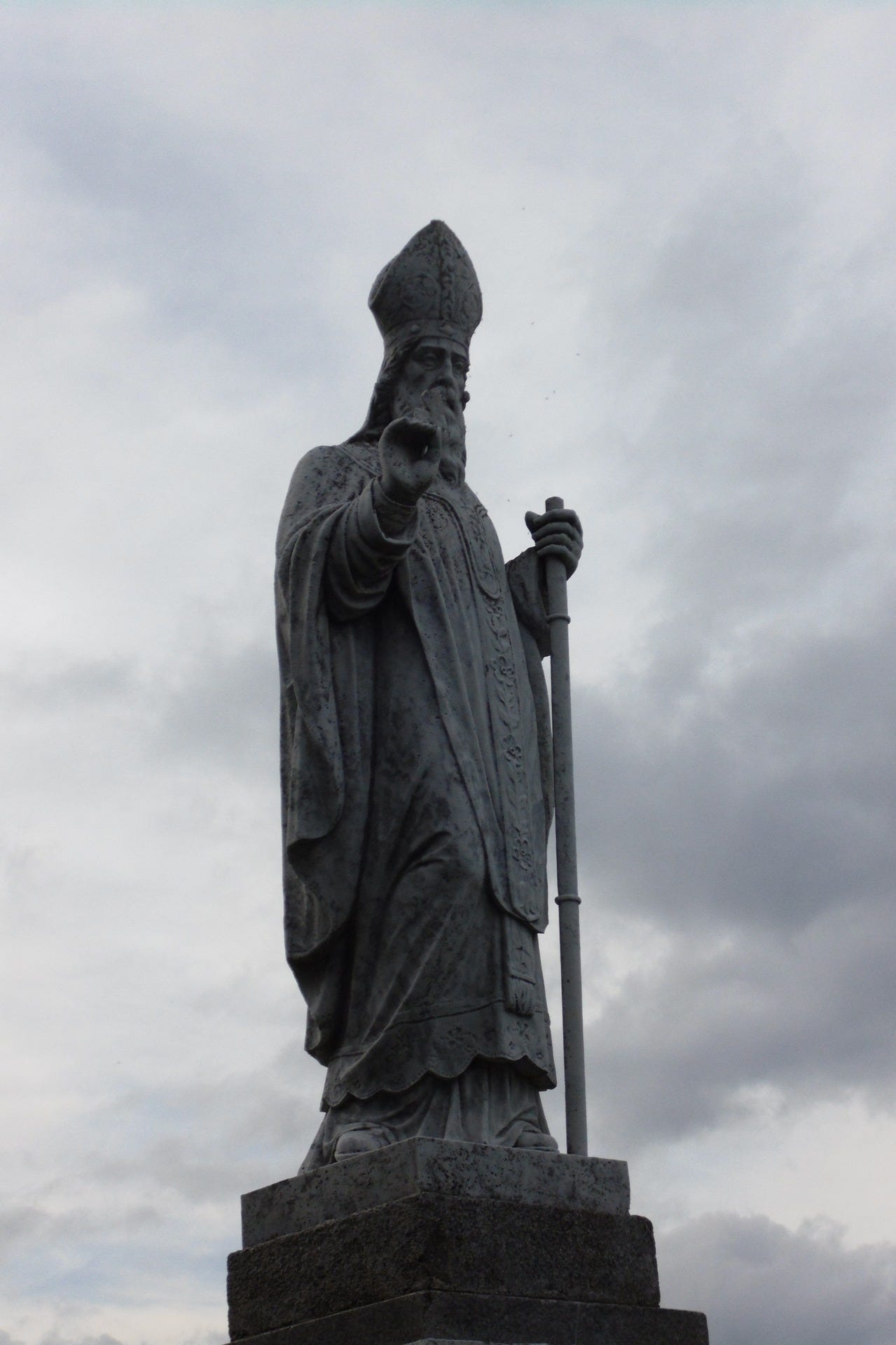
So this year let's celebrate the Apostle of Ireland Saint Patrick a man who wanted to build a better world. And let us celebrate the results that have been seen around the world from the children of his flock. So what if the celebration has gotten more Irish and less religious that just means that more of us can participate and enjoy it.
(In the interest of full disclosure, the writer is descended from Irish immigrants who arrived near the end of the “Irish Need Not Apply” era. Some of them served in the Army and Navy during both World Wars. Please note the writer is not Catholic so any errors in theology should be taken as ignorance, rather than disrespect.)



